Nearly a century and a half ago, the Battle of Gettysburg came to an end with Robert E. Lee’s last failed attempt to break up the Union during a 5-year war that was ultimately footnoted as a defining moment in American history. And as the Battle of Gettysburg was a pivotal turning point in the conclusion of the Civil War—149 years ago today, in fact—we have a new tech war that is just getting started on American soil: the Battle of IaaS.
In the last month, we’ve seen two more tech giants enter the battlefield of cloud computing. Both Microsoft and Google recently announced Public IaaS solutions (Microsoft Azure and Google Cloud Platform) to duke it out with Amazon Web Services EC2 in a battle royale for—you guessed it—dirt-cheap commodity infrastructure. AWS no doubt has well-fortified itself into the cloud computing space. But the cloud market is expanding rapidly, and on this ever-morphing battlefield, there could be many victors. As the large incumbent tech giants continue to expand in the public IaaS space, and the legacy players (IBM, HP, Dell, etc.) try to keep up, IaaS infrastructure will inevitably become increasingly less expensive providing businesses with several options for providers.
Yet while the IaaS commodity pricing war wages on, enterprise IT and lines-of-business users will continue to be largely underserved. Why? Because cheap infrastructure won’t fully enable those user groups or IT within enterprise organizations any more than it does today. Cloud computing is really about providing on-demand, self-service, scalable, and measurable IT resources. Both business users and IT must fully benefit from powerful and easy-to-use cloud computing capabilities. The true advantage of which is being able to empower your users with the tools they need to rapidly spin up new, complex, and multi-faceted computing environments, and when done, tear down those environments just as quickly. At the same time, IT needs the same level of visibility and control over cloud deployments that they have with on-premises infrastructure.
Pure, raw, inexpensive compute infrastructure is a weapon that will advance innovation, but for conquering enterprise business problems, cloud resources must be accessible to the non-technical and ultra-technical alike. Users must be able to create complex, multiple-machine virtual data centers that can mirror their existing networks, a customer’s own infrastructure, or other real-world examples. They should be able to easily import and run their existing applications unchanged in the cloud, or choose from libraries of pre-built operating systems and application templates. Having a collaborative platform for teams, not just individuals, will be critical to have in the enterprise. And built-in, single-click sharing should enable users to invite team members, partners, or customers to securely access their complex virtual data centers when they collaborate on projects.
Enabling end-users with ease-of-use in the cloud is only part of the end-game. A winning strategy will guarantee that IT has full visibility and control over those end-user environments with all the corporate security and policies intact. I have heard time and time again that in today’s enterprises line of business users have often gone rogue to use public cloud services without IT involvement. Without any centralized management of cloud resources, IT will continue to struggle to have visibility into virtual environments running outside the enterprises corporate mandate. IT should be equipped with user- or project-level usage limits to ensure overall cloud usage across line-of-business units to ensure they do not exceed their allocated budgets. IT should also be able to simply administer user-specific quota limits, providing even more granular control over usage and can get comprehensive audit reporting to implement chargebacks by project.
While the battle for commodity IaaS plays out, other cloud providers that solve business needs for both end-users and IT have potential to win in the enterprise. Long term, the cloud should be as easy to use as a consumer application while providing on-demand, self-service, scalable, and measurable IT resources.
